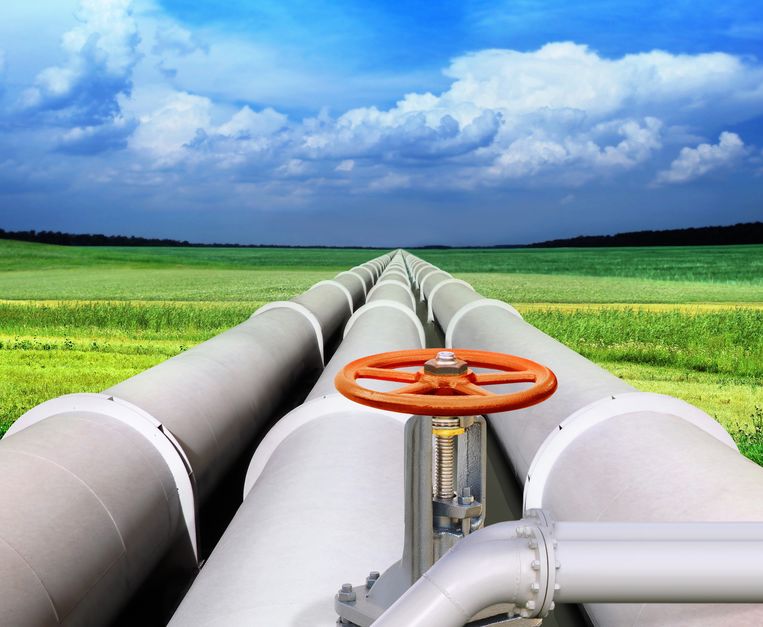A federal judge has struck down permits for the Dakota Access Pipeline and instructed the U.S. Army Corps of Engineers (Corps) and the two companies behind the project to produce full Environmental Impact Statements (EIS), a process that could take years.
The March 25 ruling by Judge James Boasberg, an Obama appointee, is a victory for North Dakota’s Standing Rock Sioux Tribe under whose land the pipeline runs, and EarthJustice, an anti-fossil fuel environmental group. The 1,200-mile-long pipeline transports oil from North Dakota’s energy-rich Bakken shale to Illinois, where it connects with other pipelines.
Construction of the pipeline was held up for years by litigation, and environmental protesters from across the country flocked to the construction site, demanding the project be halted. At times the protesters engaged in acts of vandalism, forcing local police to step in and restore order.
In December 2016, the outgoing Obama administration denied permits for the pipeline to cross the Missouri River and ordered a full EIS to study alternative routes and the project’s impact on the tribe’s treaty rights. But within a week of taking office, President Trump reversed the Obama policy and issued an executive order expediting construction of the pipeline.
The NEPA Roadblock
Judge Boasberg’s ruling instructing the Corps and the project’s two developers to come up with more comprehensive environmental impact statements comes at a time when the Trump administration is proposing a sweeping overhaul of the National Environmental Policy Act (NEPA). The center of which are rules that would reduce the extraordinary time it can take a federal agency to approve an EIS. It also coincides with a renewed effort by the administration to obtain congressional approval for a massive infrastructure bill that would help jump-start the economy in the wake of the slowdown brought on by the coronavirus.
“From Day One, my administration has made fixing this regulatory nightmare a top priority. And we want to build new roads, bridges, tunnels, highways, bigger, better, faster, and we want to build them at less cost,” Trump said in January, when announcing plans to reform NEPA.
In issuing his decision, Judge Boasberg pointed to what he said were “serious gaps” in the Corps’ analysis of the project, saying safety and environmental concerns deserved closer attention. A second decision is expected in a few weeks. It will determine whether the pipeline must shut down during the duration of the writing of the EIS. The pipeline has operated without incident for three years.
Grow America’s Infrastructure Now, which supports the pipeline, worries that the ruling could undermine investments in similar projects.
“This is a stunning decision that flies in the face of decades of widely accepted practice. The Dakota Access Pipeline is already the most studied, regulated, and litigated pipeline in the history of our country and has been safely operating for nearly three years,” the group said in a statement.
“These companies that invest and support large-scale infrastructure projects want certainty from from the government; and those who built and operate the pipeline followed every applicable local state, and federal rule – but now a court is putting their work in potential peril.”
An Ominous Precedent
Indeed, the ruling sets an ominous precedent that will certainly be followed by opponents of pipelines and other energy infrastructure projects. They will bring suit demanding that each such project receive a comprehensive EIS, as opposed to a simpler environmental analysis, and then sue again if the EIS and the resulting permits are not to their liking.
For the moment, the only recourse the administration has is to appeal the ruling to the Supreme Court, a process that will take at least a year, assuming the high court takes the case.
